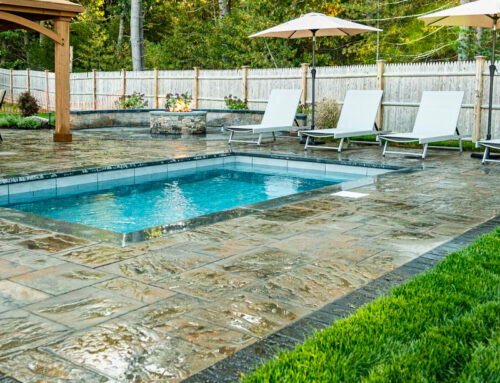Hardscaping plays a pivotal role in landscape design, offering both functional and aesthetic elements to outdoor spaces. One key aspect of hardscaping is the selection of materials and designs for paths, patios, and retaining walls. The choice of materials, such as natural stone, pavers, bricks, or concrete, can dramatically influence the overall look and feel of a landscape. For instance, natural stone lends a rustic and timeless charm, while pavers offer versatility and a modern aesthetic. Equally important are the designs themselves, which must harmonize with the surrounding environment and serve their intended purpose effectively. Pathways should guide visitors gracefully through the garden, patios should provide comfortable outdoor living spaces, and retaining walls should offer both structural support and visual interest. A well-planned hardscape design not only enhances the functionality of the outdoor area but also creates a cohesive and visually appealing landscape.
Moreover, the choice of hardscaping materials should consider factors like durability, climate, and maintenance requirements. In regions with harsh winters, materials that can withstand freeze-thaw cycles are essential, while in hot climates, those with resistance to heat and fading are preferred. Additionally, attention to detail in the design process, such as incorporating curves, patterns, or focal points, can elevate the visual appeal of hardscape elements. By carefully considering both materials and designs, homeowners and landscape architects can create hardscapes that not only serve their practical needs but also contribute to the overall beauty and character of the outdoor space, making it a true extension of the home.







